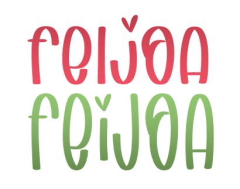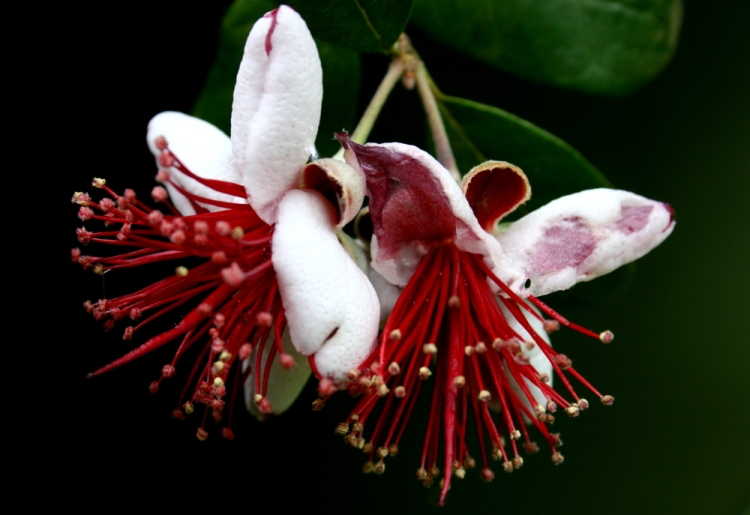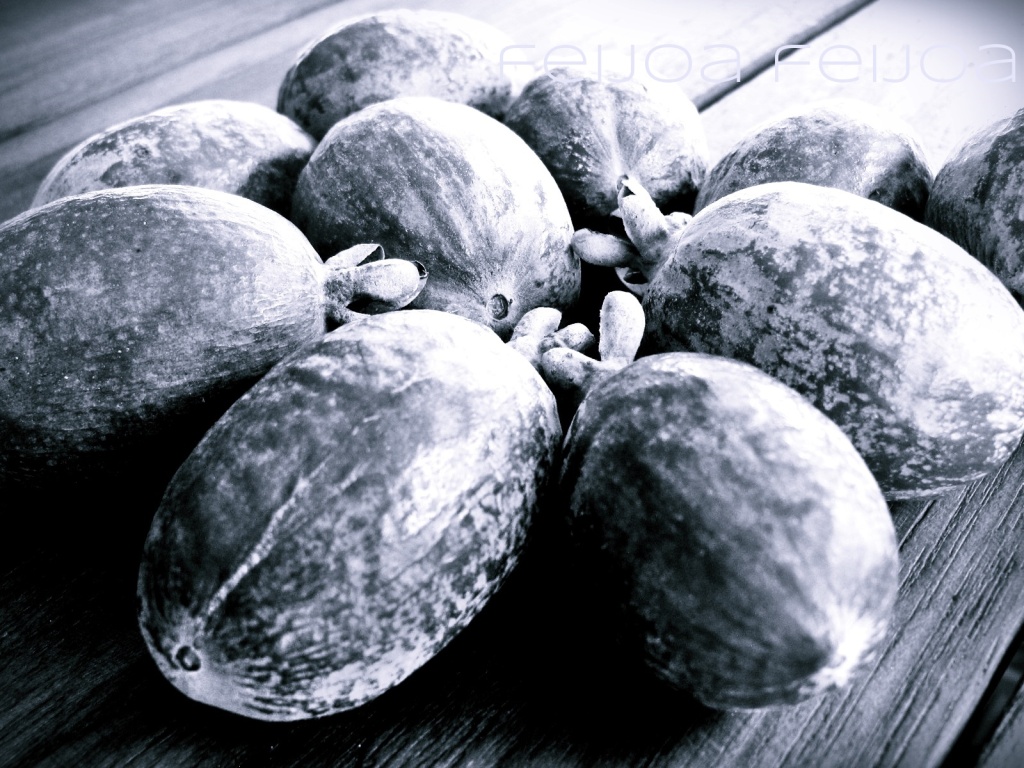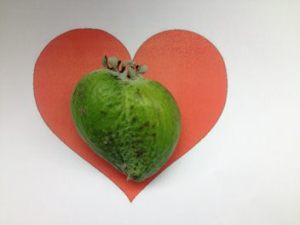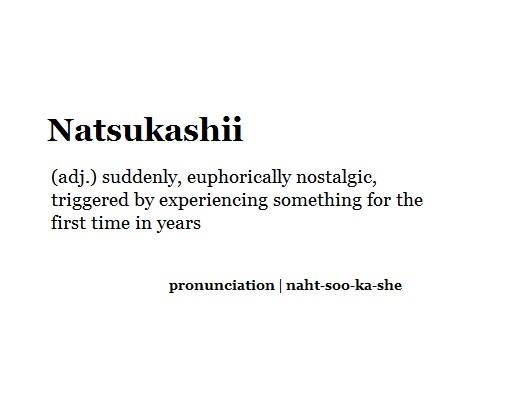How beautiful is this early illustration of feijoa flowers from a 1941 Australian magazine. I am guessing a woodcut – but please let me know if it’s some other method (I find printmaking fascinating but am not familiar with all the techniques). I would love to see the original artwork, as it appears cropped on the right hand side and I have no idea who the artist may be with only that single initial “J” to go on. Maybe it’s in a museum or library or gallery somewhere…
In the magazine article, feijoa sellowiana features amidst “A list of rare plants for Australian gardens”, and I absolutely stole the title for this post from the story.
THE HOME: An Australian Quarterly
1 May 1941
More Flowers For The Connoisseur by Jocelyn Brown

Feijoa Sellowiana Choiceana and F.S. Superba.
A Fruiting shrub growing to ten feet with exquisite white waxy flowers which have a flush of deep rose on the inner side of the petals and a fat paint-brush of crimson stamens. The fruit is delicious to eat and about as big as a passion fruit. It is necessary to have plants of both varieties to ensure pollinisation.
The National Library of Australia with partner organisations have digitised a significant number of historical publications and it is quite literally a treasure trove (the search engine is called TROVE).
*The full version of this article can be found here: https://nla.gov.au/nla.obj-387827821/view?sectionId=nla.obj-390509970&partId=nla.obj-387887671#page/n42/mode/1up
